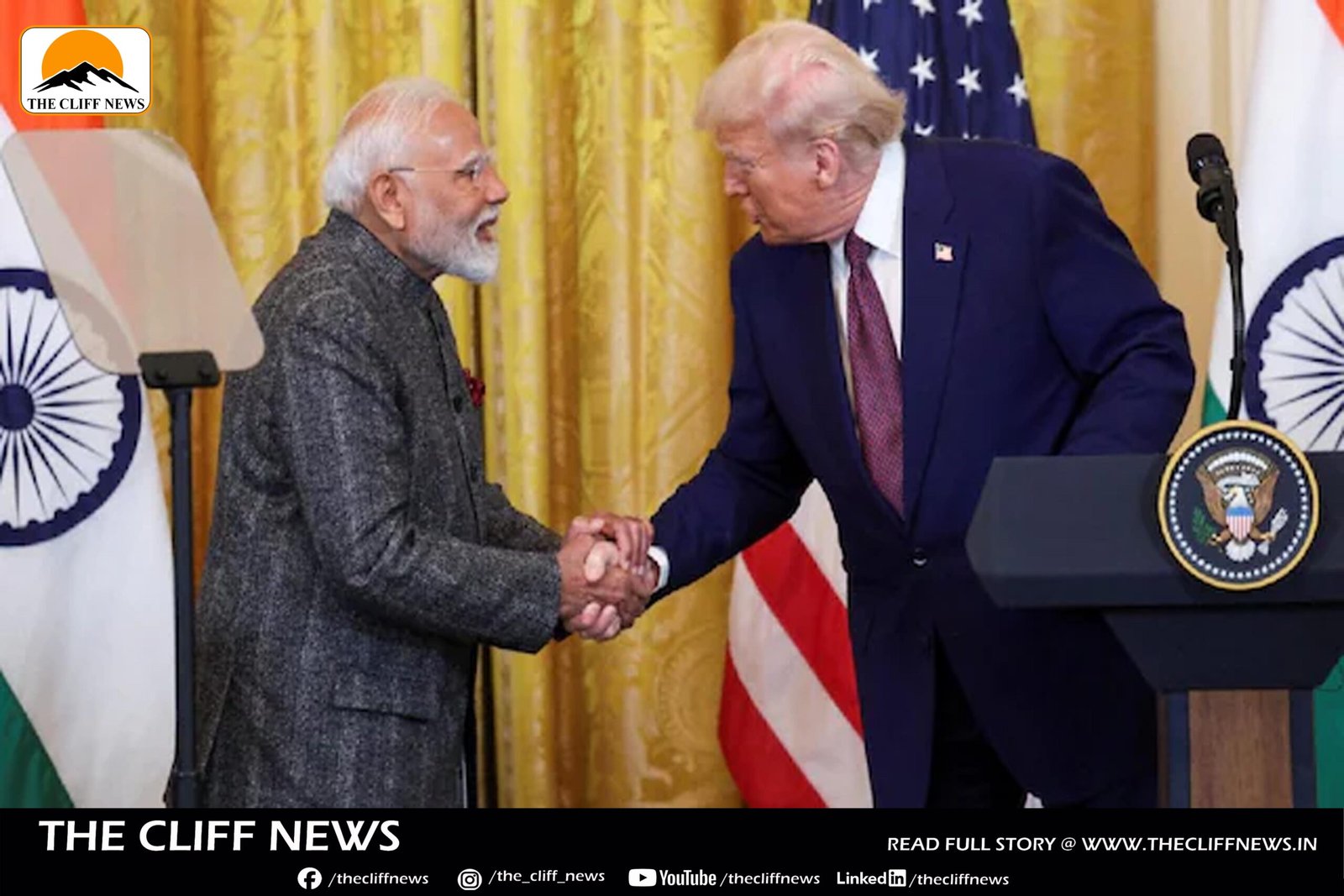India and the United States have finalised the terms of reference for the initial phase of a long-anticipated bilateral trade agreement, according to a report by Reuters citing an Indian trade official. The development comes as both nations aim to boost bilateral trade to $500 billion by 2030 under the ambitious “Mission 500” initiative.
This agreement follows an earlier commitment made in February, when both countries agreed to collaborate on the first stage of the trade pact and finalise it by the end of 2025. The initial deal is seen as a strategic step toward expanding cooperation in key sectors such as energy, critical minerals, technology, and manufacturing.
The progress comes in the backdrop of rising trade tensions, especially after the US, under President Donald Trump, imposed 26% reciprocal tariffs on Indian goods earlier this month. However, Trump has since announced a 90-day pause on further tariff hikes for major trading partners, including India, giving both sides room to negotiate.
In response, India has revised its tariff structure, reducing import duties on approximately 8,500 industrial items. Notably, the tariff cuts include American exports such as bourbon whiskey and Harley-Davidson motorcycles, seen as a goodwill gesture to ease bilateral strains.
The phase-one agreement underscores both countries’ intent to align on trade policies and deepen economic ties. India is reportedly considering zero-duty imports from the US in selected sectors, especially under its Production-Linked Incentive (PLI) schemes that aim to attract global manufacturers and integrate India into global supply chains.
This reset in trade relations comes after President Trump’s April 2 announcement of “Liberation Day”, during which he unveiled a sweeping 10% base tariff on all imports, targeting countries with significant trade surpluses with the US. The executive order, effective April 5, is part of a broader protectionist shift aimed at revitalising domestic industry, with China being the primary focus.
The evolving India–US trade dynamic signals a strategic economic realignment, with both nations seeking to reduce dependence on China and strengthen their roles in global trade architecture.



